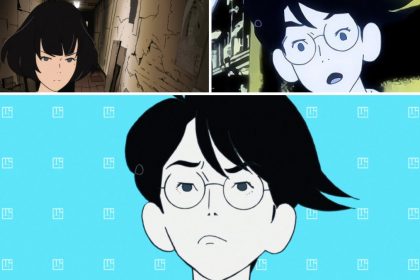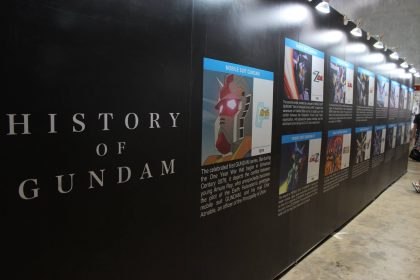Have you ever wondered how those captivating and visually stunning anime series and movies come to life in anime studio? Behind the vibrant characters, intricate storylines, and breathtaking animation lies the meticulous work of anime studios. These creative powerhouses play a crucial role in the production of anime, transforming ideas into reality. In this article, we’ll delve into the fascinating world of anime studios and explore the process they follow to create the anime we know and love.
The Birth of an Anime: Concept and Planning
Every anime begins with an idea, a spark of imagination that takes shape in the minds of creators. Once the concept is established, the anime studio starts the planning phase. This involves developing the story, characters, and overall visual style of the anime. The studio collaborates closely with the original creator, scriptwriters, and character designers to bring the vision to life.
Take, for example, the renowned anime series “Attack on Titan.” The studio behind it, Wit Studio, worked closely with Hajime Isayama, the manga’s creator, to ensure the adaptation stayed true to the original. The planning phase lays the foundation for the entire production, setting the stage for what’s to come.
Animation Production: From Storyboarding to Key Animation
Once the planning phase is complete, the anime studio moves on to the animation production process. This intricate and time-consuming stage involves several key steps, each contributing to the final product.
Storyboarding in Anime Studio
The first step in animation production is storyboarding. This process involves creating a sequence of rough sketches, known as storyboards, that outline the key scenes and shots of the anime. Storyboards serve as a visual blueprint, helping the studio’s staff understand the director’s vision and guiding the subsequent stages of production.
Key Animation in Anime Studio
After storyboarding, the anime studio proceeds to key animation. This phase focuses on creating the crucial frames that define the movement and actions of the characters. Key animators meticulously draw these frames, capturing the essence of the characters’ expressions and movements. The key animation frames act as the foundation upon which the final animation will be built.
An example of exceptional key animation can be seen in the anime film “Your Name,” produced by CoMix Wave Films. The film’s director, Makoto Shinkai, worked closely with the key animators to ensure the emotional depth and fluidity of the characters’ movements, resulting in a visually stunning masterpiece.
Further Readings: Makoto Shinkai’s Suzume Reflecting Japan’s Current State
Coloring, Backgrounds, and Sound Design
As the animation takes shape, the anime studio focuses on the finer details that bring the world and characters to life.
Coloring and In-Between Animation in Anime Studio
Once the key animation is complete, the frames are handed over to the coloring and in-between animation teams. The coloring team adds vibrant colors to the characters and backgrounds, while the in-between animators create the frames that bridge the gaps between the key frames. This process enhances the smoothness and fluidity of the animation.
Background Art in Anime Studio
The background art team plays a crucial role in creating the immersive worlds of anime. They meticulously design and paint the intricate backgrounds that provide the setting and atmosphere for the story. These backgrounds not only enhance the visual appeal but also contribute to the overall storytelling.
Sound Design and Music:
No anime is complete without its captivating sound design and music. The anime studio collaborates with talented sound designers and composers to create the perfect auditory experience. From the opening theme song to the ambient sounds and impactful sound effects, every element is carefully crafted to enhance the viewer’s emotional connection to the anime.
Post-Production and Release
After the animation and sound design are finalized, the anime undergoes post-production processes, including editing, compositing, and adding special effects. These steps refine the final product and ensure a seamless viewing experience for the audience.
Once the anime is complete, it is ready for release. The anime studio works in collaboration with distribution companies to bring the anime to the audience through various channels, such as television, streaming platforms, and theatrical screenings.
In Conclusion
Anime studios are the heart and soul of the anime industry. Their dedication, creativity, and attention to detail are what make anime such a beloved form of entertainment. From concept development to animation production, coloring, sound design, and post-production, these studios orchestrate every aspect of the anime-making process. So, the next time you indulge in a captivating anime series or movie, take a moment to appreciate the immense effort and talent that goes into bringing those fictional worlds to life.













